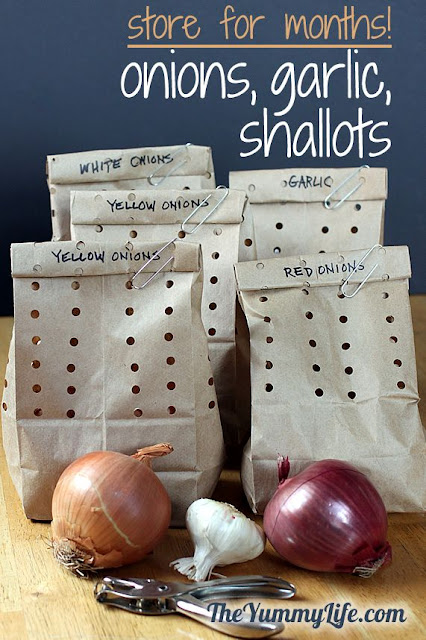Radish, Cabbage,and Cauliflower
Cauliflower
While
many people recognize cauliflower as a member of the cruciferous vegetable
family, this popular plant is more closely connected with its fellow
"crucifers" than people might realize. Cauliflower, cabbage, collard
greens, kale, Brussels sprouts, and broccoli all belong to the same genus and
species of plant (Brassica oleracea) and this degree of commonality
among popular plant foods is somewhat unusual. While the traditional family
name for this group of foods is "cruciferous vegetables," many
scientists are tending away from the science name Crucifereaefor
this plant family and more toward the name Brassicaceae. So you
will also hear cauliflower being referred to as not only a
"cruciferous" vegetable but a "brassica" vegetable as well.
(In Latin, the word "brassica" means "cabbage.")
How to select and store:
When
purchasing cauliflower, look for a clean, creamy white, compact curd in which
the bud clusters are not separated. Spotted or dull-colored cauliflower should
be avoided, as well as those in which small flowers appear.
Heads
that are surrounded by many thick green leaves are better protected and will be
fresher. As its size is not related to its quality, choose one that best suits
your needs.
Nutrition facts:
Cauliflower
is an excellent source of vitamin C, vitamin K, folate, pantothenic acid, and
vitamin B6. It is a very good source of choline, dietary fiber, omega-3 fatty
acids, manganese, phosphorus, and biotin. Additionally, it is a good source of
vitamin B1, B2, and B3, the minerals potassium and magnesium, and protein.

Cabbage

Description:
Cabbage
is a healthy and inexpensive vegetable choice. It also tastes great and
can be used in many different ways. You can enjoy the spicy taste and crunchy
texture of raw cabbage or the sweetness of cooked cabbage. Here are five great
ways to have cabbage more often.
How to select and store:
You
can store cabbage in the fridge for up to 2 weeks, but if you’re consuming it
raw, it’s best to do so within 4-5 days. If you need shredded cabbage in a
hurry, you can always purchase the coleslaw mix in your store. Keep in
mind, pre-cut cabbage begins to lose valuable nutrient content, especially
Vitamin C once cut. It’s best to get the fresh cut by the store and use that
day if needed.
You’ll
want to find a firm and heavy cabbage. If looking for savoy cabbage you’ll want
it the leaves to be a little rolled up. Make sure there’s no cracks on the
stem/base of the cabbage. Also avoid a cabbage with blemishes and bruises.
Nutrition facts:
- Cabbage is part of the Vegetables and Fruit food group in Canada’s Food Guide. A serving is ½ cup (125 mL). Most adults and kids do not eat enough from the Vegetable and Fruit food group. Find out how many servings you need and make a plan to reach this target.
- Cabbage is a source of vitamin C and fibre.
- Vegetables from the cabbage family may help protect against certain cancers.

Radish

Description:
Radish
is a type of herbaceous plant that belongs to the mustard family. It originates
from Southeastern Asia, where cultivation started 2700 years BC. Ancient
Egyptians were also fond of radishes. Cultivation of radishes started even
before building of pyramids. Radish is equally popular today. It prefers cooler
climate and grows quickly under appropriate conditions (enough sun, fertile
soil and moisture). People cultivate radish as a source of food. Other than
that, radish has application in medicine and in the industry of fuels.
How to select and store:
In
general, radishes can be available year-round; with the peak season being
winter and spring. Daikons are most flavorful and juicy during winter.
Look
for the roots that feature fresh, stout and firm in texture. Their top greens
also should be fresh and feature crispy green without any yellow, shriveled
leaves. Avoid roots that have cracks or cuts on their surface. Look carefully
for the change in their texture and color. Yellowness indicated the stock is
old. If the root yields to pressure and soft, the interior likely be pithy
instead of crispy.
Once
at home, remove their top greens since they rob nutrients off the roots if left
intact. Then wash thoroughly with clean water to rid off surface dust and soil.
Store them in a zip pouch or plastic bag in the refrigerator where they remain
fresh for up to a week.
Nutrition facts:
Radishes
are members of the Brassicaceae family, which also includes
mustard and cabbage. The root of the radish is related to kale, broccoli, cauliflower and horseradish, to
name a few.
One
cup of raw, sliced radishes (116 grams) contains about:
- 19 calories
- 4 grams carbohydrates
- 0.8 gram protein
- 0.1 gram fat
- 1.9 grams fiber
- 17.2 milligrams vitamin C (29 percent DV)
- 270 milligrams potassium (8 percent DV)
- 29 micrograms folate (7 percent DV)
- 0.1 milligram vitamin B6 (4 percent DV)
- 0.1 milligram manganese (4 percent DV)
Source:




Komentar
Posting Komentar